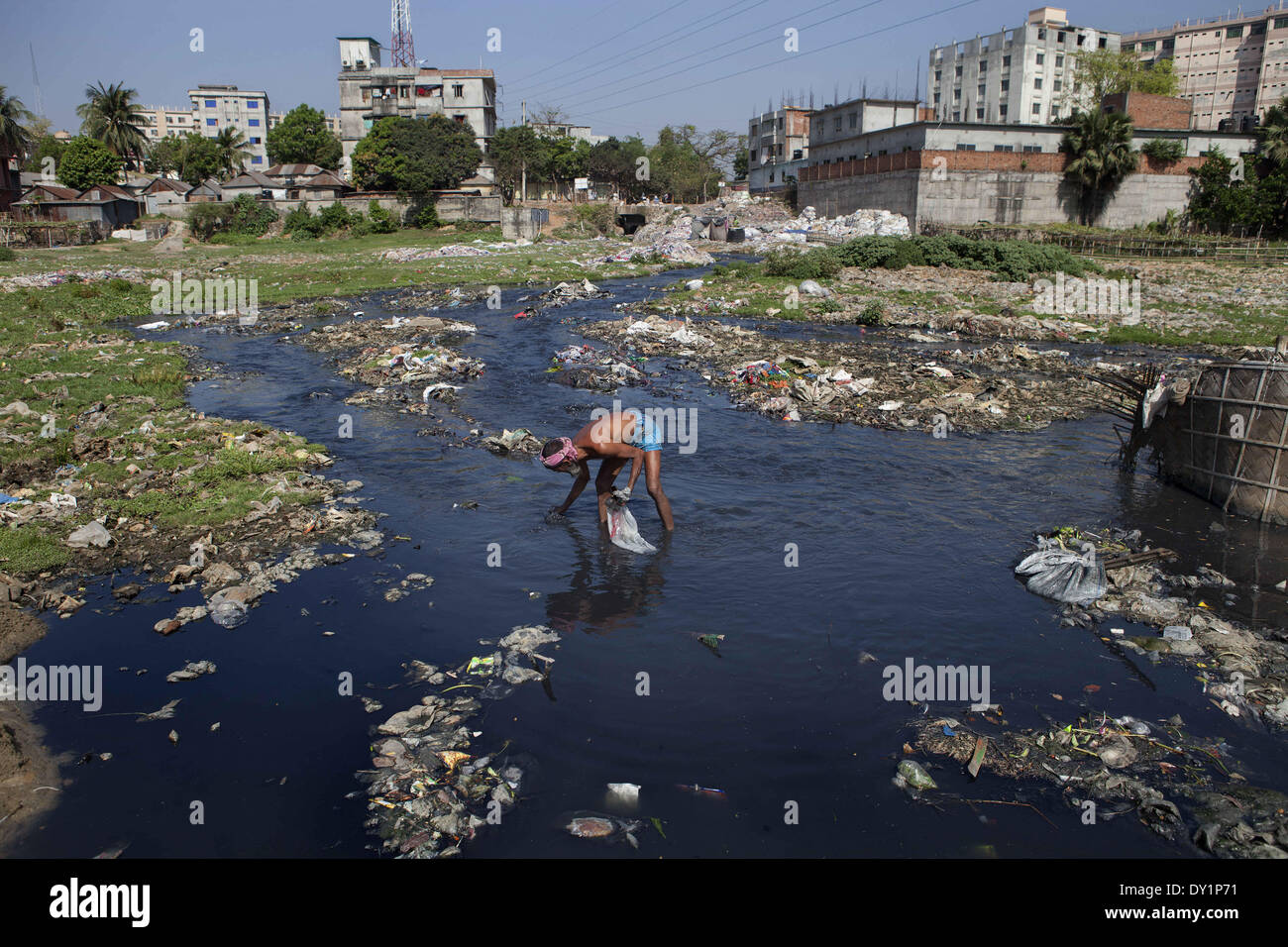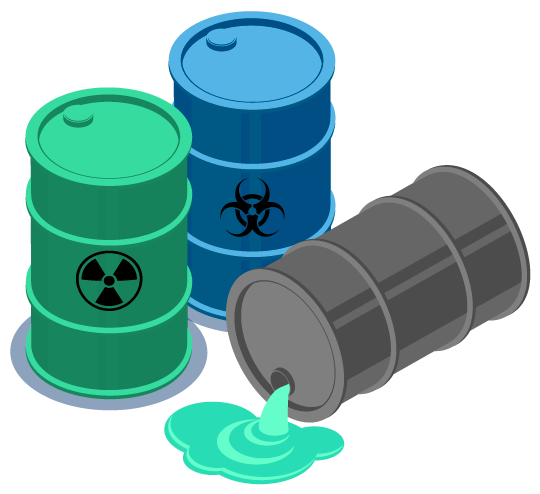Industrial Wastewater Treatment: Custom Solutions for Facility Wastewater Challenges
Wiki Article
How Fluid Waste Disposal Functions: An In-depth Summary of Strategies and Technologies Employed

Introduction of Liquid Waste Types
The intricacy of fluid waste kinds necessitates an extensive understanding of their qualities and effects for disposal. Liquid waste can broadly be classified into a number of kinds, including industrial, metropolitan, agricultural, and contaminated materials. Each classification exhibits distinct properties, requiring certain administration methods to alleviate environmental and wellness risks.
Industrial liquid waste originates from producing procedures and usually has an array of pollutants, such as heavy metals, solvents, and natural substances. Local fluid waste, primarily comprising wastewater from houses and business facilities, includes raw material, nutrients, and pathogens (industrial wastewater treatment). Agricultural fluid waste, consisting of runoff from farms, may include fertilizers, chemicals, and animal waste, posing risks to water top quality and environments
Dangerous fluid waste is defined by its poisoning, sensitivity, or potential to cause injury. This group consists of compounds like acids, bases, and certain chemicals that necessitate stringent handling and disposal methods. Recognizing these diverse liquid waste types is important for establishing effective disposal techniques and making certain compliance with environmental laws. Proper classification and characterization are necessary for implementing suitable therapy strategies and reducing the damaging influences on public health and the atmosphere.
Physical Therapy Approaches

Screening is the first step, where larger particles and debris are gotten rid of from the liquid waste using displays or grates. In sedimentation tanks, much heavier bits resolve at the bottom, creating a sludge layer, while the cleared up fluid can be additional dealt with.
Filtering is another vital method that involves passing the fluid via porous materials, such as sand or membrane layers, to catch smaller sized fragments. This step enhances the quality of the fluid, making it ideal for subsequent therapy procedures.

Chemical Therapy Strategies
Chemical therapy methods are essential for effectively managing liquid waste, especially in addressing dissolved and colloidal impurities that physical methods may not properly eliminate. These methods use various chemical agents to neutralize, precipitate, or transform unsafe compounds into much less unsafe kinds.One usual method is coagulation and flocculation, where chemicals such as alum or ferric chloride are included to advertise the gathering of suspended fragments. This procedure enhances sedimentation, permitting easier elimination of the resulting sludge. In addition, oxidation processes, using representatives like chlorine or ozone, are employed to damage down complex natural substances and microorganisms, rendering the waste safer for discharge or further treatment.
Neutralization is another important technique, which changes the pH of acidic or alkaline waste streams to neutral degrees, avoiding potential injury to downstream systems and the atmosphere. Additionally, advanced oxidation procedures (AOPs) make use of combinations of oxidants and ultraviolet light to degrade relentless toxins, accomplishing a higher level of treatment efficiency.
Organic Therapy Processes
Biological treatment procedures play a vital role in the management of fluid waste by using microorganisms to decay natural matter and lower contaminant degrees. These processes can be extensively classified into cardio and anaerobic treatments, each utilizing certain microbial areas to accomplish effective waste degradation.Aerobic treatment entails using oxygen to promote the breakdown of natural products by bacteria. This procedure is typically executed in triggered sludge systems, where aeration containers provide a conducive environment for microbial growth, resulting in the oxidation of organic pollutants. The resultant biomass can be separated from treated effluent through sedimentation.
On the other hand, anaerobic therapy takes place in the absence of oxygen, counting on various germs to damage down raw material. This technique is specifically useful for high-strength waste, as it generates biogas, a sustainable energy source, while lowering sludge production. Technologies such as anaerobic digesters are frequently utilized in local and industrial applications.
Both anaerobic and cardio organic treatments not only lessen the ecological impact of fluid waste however also assist in source recovery, making them important components of lasting waste monitoring techniques. Their performance, performance, and adaptability sustain their prevalent application throughout different markets.
Arising Technologies in Disposal
Cutting-edge strategies to liquid garbage disposal are quickly developing, driven by innovations in innovation and an look here increasing emphasis on sustainability. Among these arising technologies, membrane layer bioreactors (MBRs) have actually gained grip for their capacity to combine organic treatment with membrane layer purification, leading to high-grade effluent that can be recycled in numerous applications. MBRs enable smaller sized footprints and extra efficient operations compared to traditional systems.An additional encouraging development is making use of anaerobic digestion combined with nutrient recuperation innovations, which not just deals with liquid waste yet likewise creates biogas and recovers valuable nutrients like nitrogen and phosphorus. This dual advantage boosts source performance and reduces ecological effect.
In addition, advanced oxidation procedures (AOPs) are being adopted for the degradation of intricate natural pollutants. These approaches use powerful oxidants and catalysts to break down impurities at the molecular degree, using a very effective solution for challenging waste streams.
Moreover, the integration of man-made knowledge and equipment understanding in waste management systems is optimizing operational performance and predictive maintenance, resulting in lowered expenses and boosted environmental compliance. These modern technologies mirror a substantial change towards more reliable and sustainable fluid waste disposal practices.
Final Thought
In final thought, reliable liquid waste disposal requires an extensive understanding of various strategies and click to read modern technologies. By constantly advancing these methodologies, it becomes feasible to deal with the growing challenges connected with liquid waste, inevitably adding to ecological defense and resource healing.Liquid waste disposal is a crucial aspect of environmental monitoring, requiring a thorough understanding of different strategies and modern technologies tailored to various waste kinds. Fluid waste can extensively be classified right into numerous kinds, consisting of commercial, local, farming, and harmful waste. Agricultural liquid waste, including overflow from farms, may include plant foods, pesticides, explanation and pet waste, positioning risks to water high quality and ecosystems.
Different physical treatment approaches play an essential duty in managing liquid waste effectively - industrial wastewater treatment.In final thought, reliable fluid waste disposal demands a detailed understanding of different methods and technologies
Report this wiki page